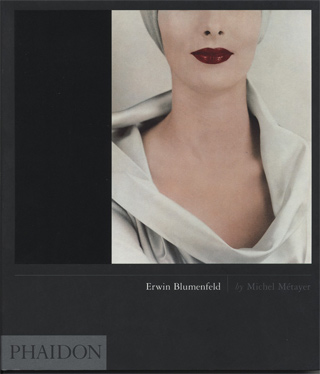There’s a lot to learn from this great photographer.
Whenever I get tired of reading yet another homage to Ansel Adams, that most glorified of darkroom technicians, I turn to the work of a real photographer who also happened to be a competent technician. The difference is that visualization never takes second place to darkroom technique with Erwin Blumenfeld.
Another in a long list of German outcasts, Blumenfeld (1897-1969) chanced upon a darkroom in his retail store in Berlin and a lifetime’s addiction started. Changing careers, he made his at Vogue and Harper’s during and after the war and was given remarkeable creative freedom.
His influence spread wide, his work a mix of the abstracted and the expressionist.
The other day I was rewatching the greatest Western film ever made, Sergio Leone’s Once Upon a Time in the West and there, right in the middle, is a jaw dropping shot of Claudia Cardinale, whom the camera observes from above and through a screen atop her four poster. Now every image of Claudia Cardinale is an occasion for rejoicing, it’s just that this one immediately says that Leone was a Blumenfeld fan, and the movie is nothing more than a succession of glorious still images. Blumenfeld’s net of influence was cast wide.

The book’s cover picture is but one example of where less is more. Appearing on the cover of Vogue in October 1952, it personifies glamour, class, sensuality and eroticism yet nowhere are the model’s eyes to be seen. Seldom has a Jacques Fath dress or a gorgeous neck been done greater justice.
And as you leaf through this slim book, just the right length to prevent overload, you realize that Blumenfeld’s compositions are what makes the pictures so striking, never mind the peerless technique.
It’s a whole lot more fun than those wretched Adams prints.